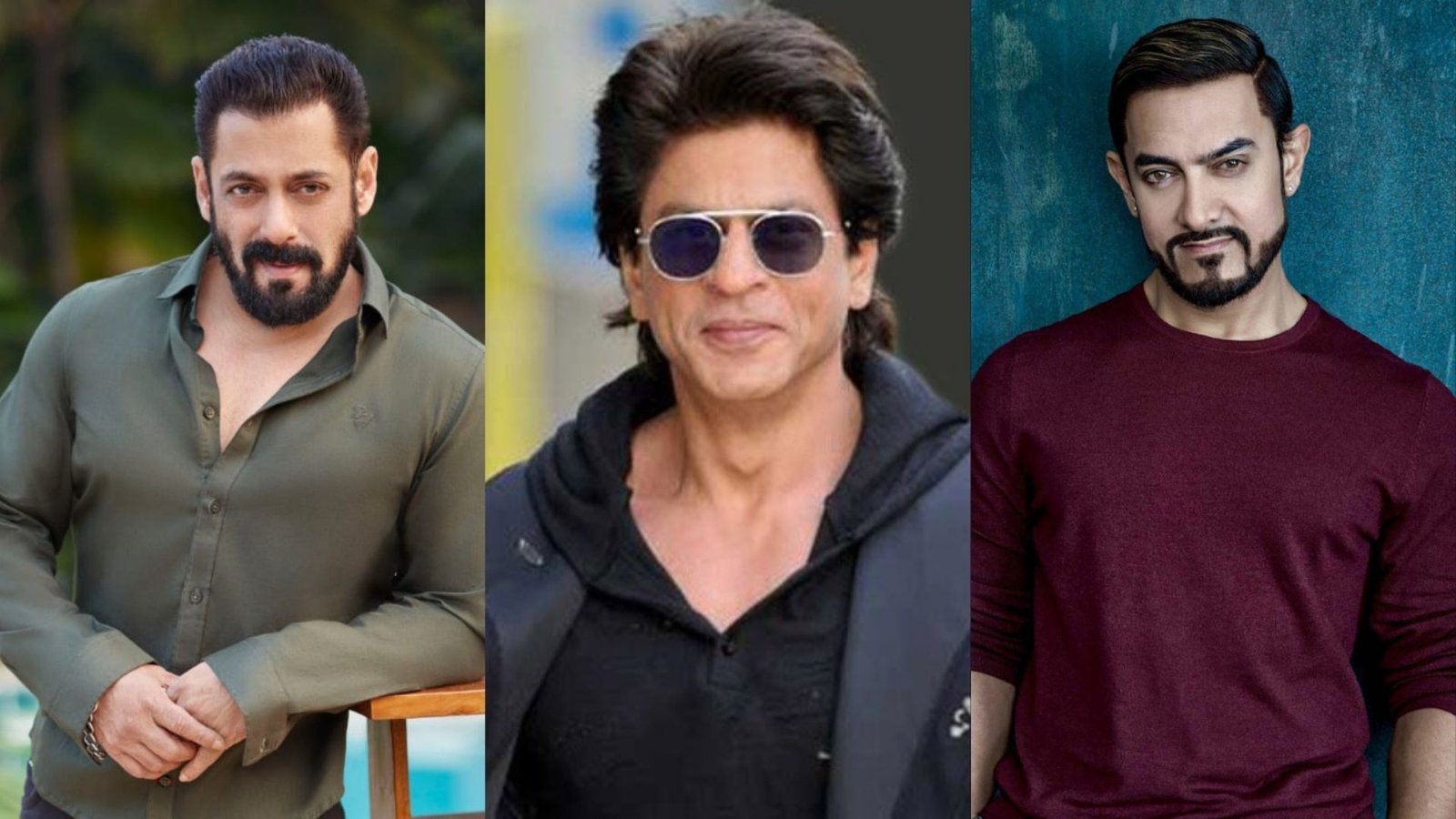Bollywood’s Golden Age, spanning the 1950s and 1960s, is often hailed as the most celebrated era of Indian Cinema. This period witnessed the emergence of iconic films and legendary stars who left an indelible mark on the industry. Let’s explore the films and stars that defined Bollywood’s Golden Age, creating a legacy that continues to inspire and entertain.

The Era of Iconic Films
Firstly, it’s essential to recognize the groundbreaking films of this period. Movies like “Mother India” (1957), directed by Mehboob Khan, became a cornerstone of Indian Cinema. This epic drama, portraying the resilience of a rural woman, was India’s first submission for the Academy Awards and remains a cultural touchstone.
Additionally, Guru Dutt’s “Pyaasa” (1957) and “Kaagaz Ke Phool” (1959) are considered masterpieces, showcasing his innovative storytelling and visual style. These films delved into themes of unrequited love, artistic struggle, and societal disillusionment, resonating deeply with audiences.
Furthermore, Raj Kapoor’s “Awaara” (1951) and “Shree 420” (1955) captivated viewers with their blend of social commentary, romance, and melodious music. Kapoor’s portrayal of the lovable tramp became iconic, reflecting the aspirations and challenges of post-independence India.
Legendary Stars Who Shaped Bollywood
Transitioning to the legendary stars, these actors brought charisma, talent, and depth to Bollywood, becoming household names.
Raj Kapoor: The Showman
Raj Kapoor, often referred to as “The Showman,” was a multifaceted talent. As an actor, director, and producer, Kapoor’s contributions to Indian Cinema are unparalleled. His films, known for their emotional depth and social relevance, continue to be celebrated.
Dilip Kumar: The Tragedy King
Dilip Kumar, known as “The Tragedy King,” set new standards for acting in Indian Cinema. His nuanced performances in films like “Devdas” (1955) and “Mughal-e-Azam” (1960) showcased his incredible range and ability to convey deep emotion.
Dev Anand: The Evergreen Hero
Dev Anand, with his charming persona and distinctive style, became one of Bollywood’s most beloved actors. Films like “Guide” (1965) and “Jewel Thief” (1967) highlighted his versatility and enduring appeal.
Nargis: The Trailblazing Actress
Among the leading ladies, Nargis stands out for her powerful performances and on-screen presence. Her role in “Mother India” remains one of the most memorable in Indian Cinema. Nargis’s collaboration with Raj Kapoor in several films also became iconic, cementing her status as a trailblazing actress.
Madhubala: The Enchanting Beauty
Madhubala, often dubbed the “Marilyn Monroe of Bollywood,” mesmerized audiences with her beauty and talent. Her performance in “Mughal-e-Azam” as Anarkali remains legendary, showcasing her dramatic prowess and screen presence.
Music and Dance: The Heartbeat of Golden Age Films
Moreover, the music and dance of this era played a crucial role in the success of Bollywood films. Composers like S.D. Burman, Naushad, and Shankar-Jaikishan created timeless melodies that continue to enchant listeners. Playback singers such as Lata Mangeshkar and Mohammed Rafi provided unforgettable vocals, while choreographers like P.L. Raj crafted captivating dance sequences.
Social and Cultural Impact
It’s worth noting that Bollywood’s Golden Age was not just about entertainment; it also reflected the social and cultural changes of the time. Films addressed issues like poverty, social justice, and the complexities of modernity, resonating with audiences on a profound level.
Raj Kapoor’s Social Commentary
Raj Kapoor’s films often highlighted societal disparities and the struggles of the common man. “Shree 420” critiqued the moral and ethical challenges in a rapidly modernizing society, making a powerful statement on integrity and human values.
Guru Dutt’s Artistic Exploration
Guru Dutt’s films delved into the inner turmoil of individuals facing societal pressures. “Pyaasa” explored the plight of a poet in a materialistic world, while “Kaagaz Ke Phool” examined the rise and fall of a filmmaker, reflecting Dutt’s own experiences in the industry.
Legacy and Influence
Finally, the legacy of Bollywood’s Golden Age endures. The films and stars from this era continue to inspire contemporary filmmakers and actors. Their timeless appeal ensures that these classics are revisited and celebrated by new generations of movie lovers.
In conclusion, Bollywood’s Golden Age was a period of remarkable creativity, talent, and innovation. The iconic films and legendary stars from this era have left an indelible mark on Indian Cinema, creating a rich legacy that continues to influence and inspire.
